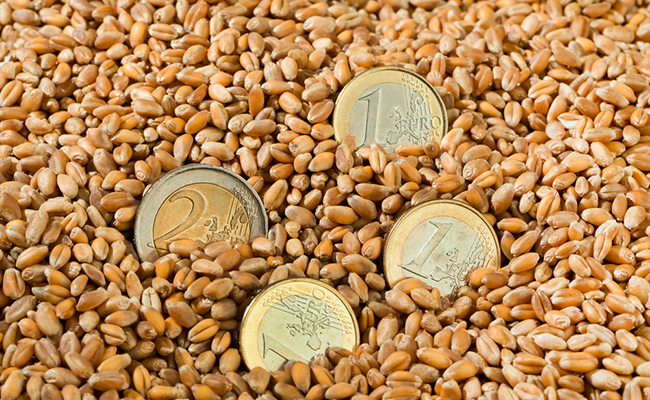
Centre’s support through subsidies for farmers not to benefit banks
Governmental support through subsidies may not significantly benefit banks as the amount of support (Rs. 2,500/acre) to be provided is marginal compared with the extent of the losses (Rs 20,000/acre). Also, it is unlikely that the support money will be used by impacted farmers to repay bank loans, said a rating agency report. The government has announced 10% of State Disaster Relief Fund to be contributed to farmers for natural calamities, which translates into about Rs 2,500/acre. The government is also contemplating a loan restructuring or interest subvention effort for affected farmers, aimed at providing relief to the farmers’ debt obligation. While this may reduce the NPL (non-performing loan) classification of these loans, we expect the loan loss provisioning to be in line with NPLs according to regulation applicable from FY16, said India Ratings & Research. Earlier, in one of its reports, the agency said that the asset quality of India’s agricultural credit could be significantly impacted by crop damage due to untimely hail and rain in March 2015. The NPL ratio of the agri-loan portfolio could double for some banks, though the reduction of overall return on asset may be muted at between 3bp-5bp (about 10% of the profitability of government banks). The unseasonal rains followed one of the weakest and most deficient (12%) monsoons that the country had experienced in FY15 which has heightened its impact. The situation may worsen if the FY16 monsoon is below normal, although much would depend on the spatial/geographical distribution of rains during the monsoon season. Agricultural loans grew 16% in FY15 and have contributed 25% to incremental credit growth since March 2014. With delinquencies in the agri-loan portfolio likely to rise, they will add to the already stressed assets of banks (10.6% of loans on December 31, 2014). States highly impacted by these excess rains make up a significant portion (41%) of the overall agricultural credit extended by banks in FY14. The agency estimated that system-wide agricultural NPAs as a percentage of total agricultural advances will rise to 8.4% by FY16 from 4.9% in FY14 as a direct result of the unseasonal rains. As a result, gross NPL ratio (on total advances) for the banking system will increase by 30bp. This will translate into a profitability impact of 2bp-3bp on system-wide post tax return on assets. The impact of the unseasonal rains will be felt with a lag, as NPA recognition policies for agricultural loans (one or two crop seasons past due) differ from those of corporate or retail loans (90 days past due). The government expects the profitability impact to be felt in 2HFY16.
May 5, 2015 | 8:13 pm IST.






 to success.
to success.